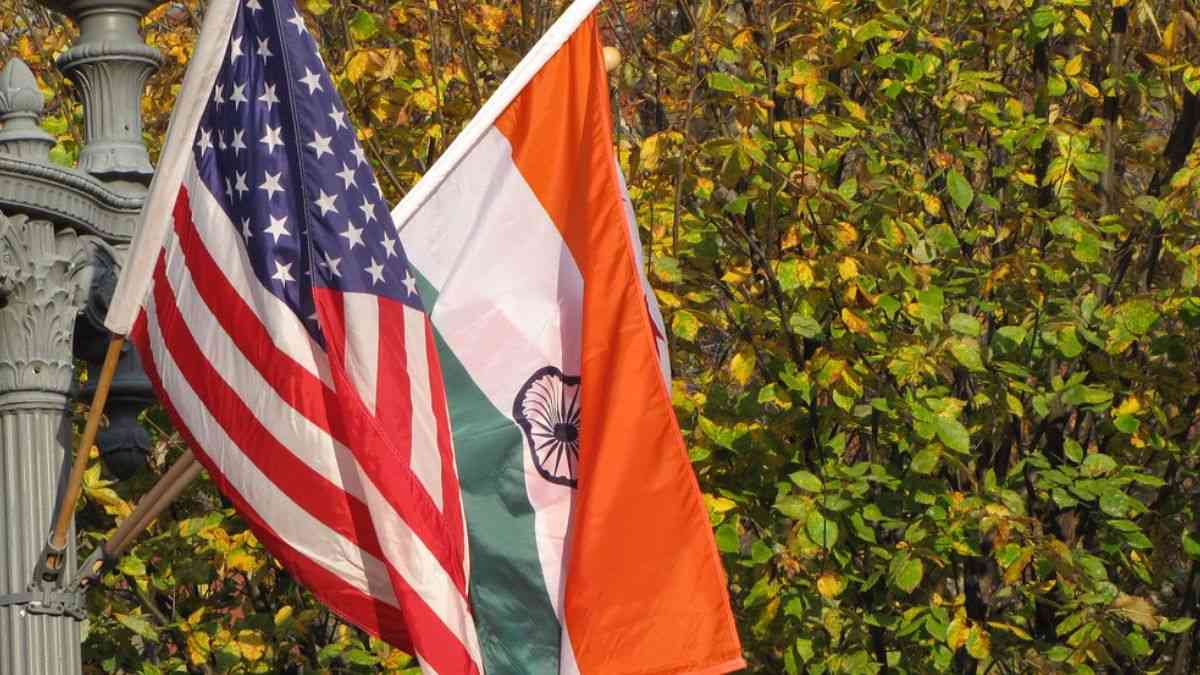US Reciprocal Tariff: Union Minister of State for Finance Pankaj Chaudhary on Thursday said that India will review and assess the impact of reciprocal tariffs. This came after the US President Donald Trump imposed 27% tariffs on Indian export to the US.
“For Donald Trump, it’s America First, and for Modi ji, it’s India First. We will analyse it first, then assess its impact and see how to deal with it,” said Chaudhary while talking to reporters in New Delhi. Prior to this, industry body ASSOCHAM president Sanjay Nayar said that India would be less impacted and the industry would now need to game up on efficiency.
“Looking at the tariffs, I think we are not as badly impacted. The tariff number looks steep, but when you look at it relative to other Southeast Asian countries, it looks better. I think there will be a major re-alignment of intra-Asia trade, supply chains. It will all take time. Given that pharma is exempt, we would be relatively less impacted, and it is incumbent upon our industry now to up the game on efficiency… India will have to think about how to give the US much bigger access to our market as well,” said Nayar.
US Reciprocal Tariff
The US President highlighted that tariffs would address unfair trade practices, including non-monetary barriers, subsidies, and VAT systems, while encouraging foreign countries to either reduce or eliminate tariffs against the US.
According to the announcements, the import tariffs on other major countries are China (34%), the European Union (20%), Vietnam (46%), Taiwan (32%), Japan (24%), India (26%), the United Kingdom (10%), Bangladesh (37%), Pakistan (29%), Sri Lanka (44%), and Israel (17%).
Moreover, India will also face a 27% tariff on steel, aluminium, and auto-related goods and no tariffs on pharmaceuticals, semiconductors, copper, or energy products. Analysts say that the tariffs imposed on Indian goods exported to the US present a dual-edged scenario for India’s manufacturing sector.
ALSO READ: US Tariffs Kick In: Why Indian Exporters May Have Less To Worry About? Here’s What Economists Said












